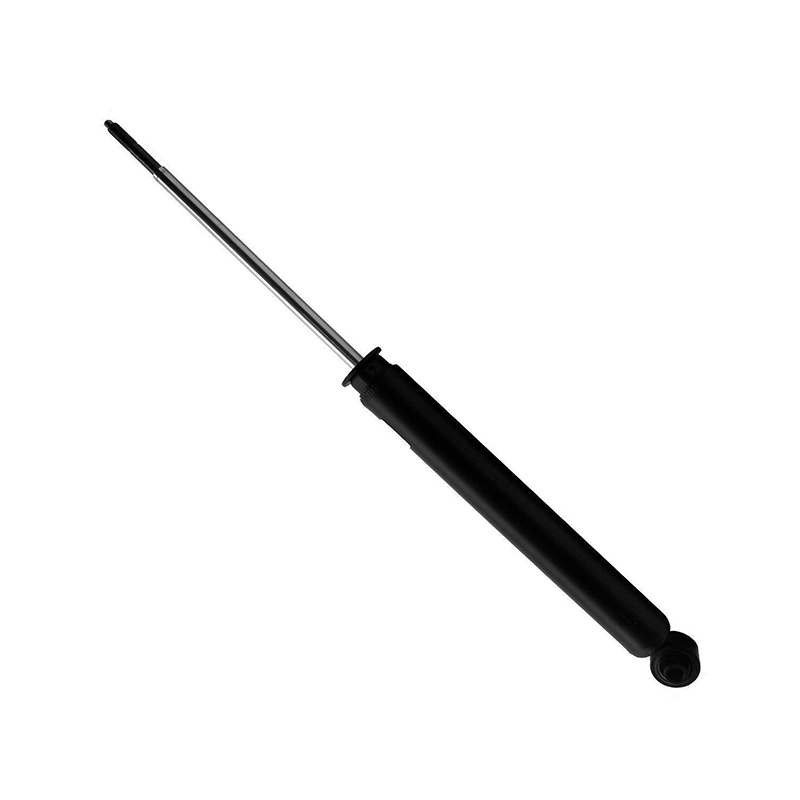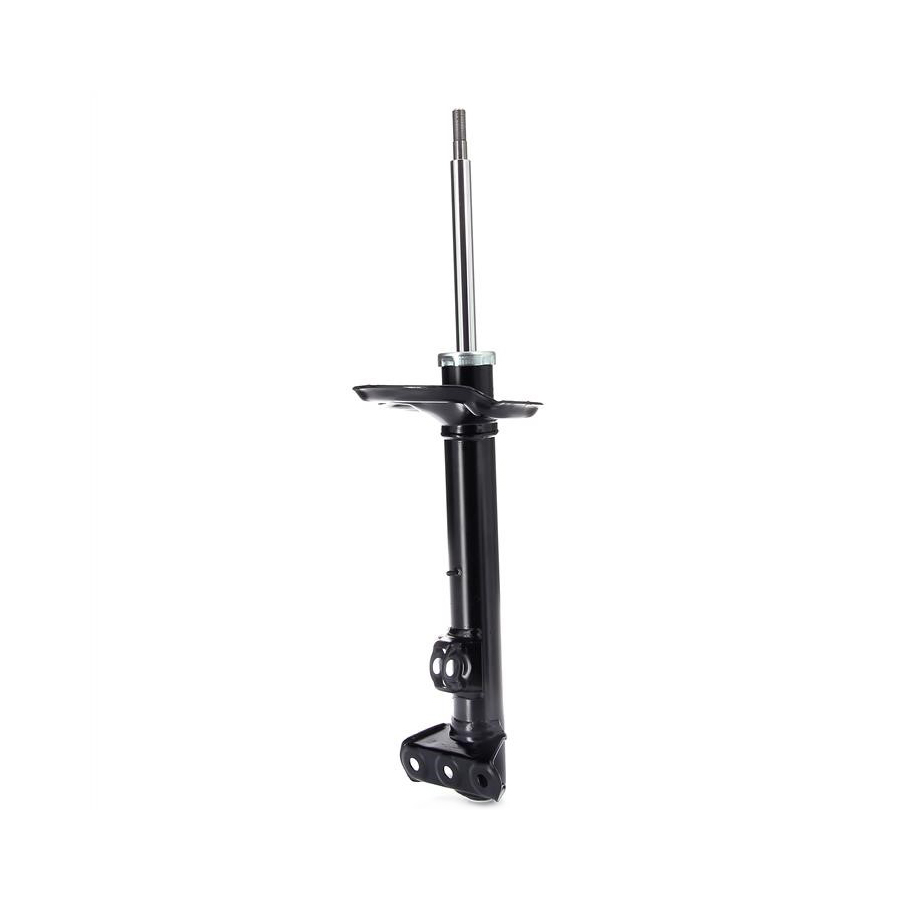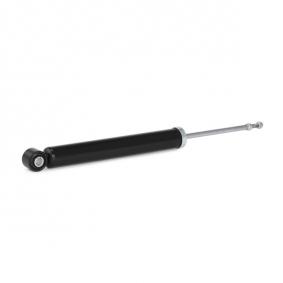In the modern automotive industry, the suspension system not only determines a vehicle's handling and comfort but also directly impacts driving safety and overall performance. Automotive Suspension Europe's development a...
READ MORE-
-
In the modern automotive industry, driving comfort and stability are increasingly important for passenger cars, and the performance of the rear suspension system directly impacts the vehicle's overall performance. As an ...
READ MORE -
In modern automotive engineering and high-end vehicle customization, high-performance shock absorbers have become a crucial component influencing vehicle handling, comfort, safety, and sporty performance. As the automoti...
READ MORE
What quality inspection links do BMW passenger car shock absorbers need to go through during the production process? How do these inspection links ensure the performance and quality of shock absorbers?
1. Raw material inspection
Raw materials are the basis of shock absorber quality. GEREP starts from the source and strictly screens and inspects all metal materials (such as spring steel, piston rod materials), rubber materials (for cushions), hydraulic oil, etc. used to produce shock absorbers. Spectral analysis, metallographic inspection, hardness testing and other means are used to ensure that the chemical composition and physical properties of raw materials meet the design requirements and are free of defects such as cracks and inclusions.
GEREP has established long-term cooperative relations with well-known domestic and foreign raw material suppliers to ensure the stable supply and high quality of raw materials. At the same time, the company has an advanced raw material testing laboratory that can quickly and accurately complete various tests, effectively avoiding production delays or product quality problems caused by material problems.
2. Process monitoring
The production of shock absorbers involves multiple links such as precision machining and assembly. GEREP uses high-precision machining centers to process key components such as piston rods and cylinders, and achieves precise control through CNC programming to ensure that dimensional accuracy and surface roughness meet design requirements. At the same time, the online monitoring system is used to monitor the cutting temperature, cutting force and other parameters in real time, and the processing parameters are adjusted in time to avoid overheating, deformation and other problems.
The advanced German equipment introduced by GEREP not only improves production efficiency, but more importantly, ensures processing accuracy and stability. In addition, the company has a team of experienced technicians who can quickly respond to various technical challenges in the processing process to ensure processing quality.
3. Assembly and sealing test
The assembly process of the shock absorber is also critical, requiring the components to fit closely and move smoothly. GEREP uses an automated assembly line to detect the assembly position through a machine vision system to ensure that the piston, spring, oil seal and other components are correctly installed. After the assembly is completed, a high-pressure air tightness test is carried out to simulate the pressure changes under extreme working conditions and detect whether the shock absorber has leakage.
The automated assembly line not only improves assembly efficiency, but also reduces human errors and ensures the consistency and reliability of assembly. GEREP's sealing test equipment is advanced, and the test standards are higher than the industry standards, which effectively guarantees the long-term sealing performance of the shock absorber.
4. Dynamic performance test
The performance of the shock absorber is mainly reflected in its ability to absorb vibration and control the vehicle posture. GEREP has a professional dynamic performance test center, which uses a simulated road test bench to simulate the vibration frequency and amplitude under different road conditions, and test the damping characteristics, response time, travel limit and other key indicators of the shock absorber. At the same time, durability tests are carried out to simulate the performance changes under long-term continuous work to ensure that the shock absorber can maintain stable performance output throughout its service life.
GEREP's test center is equipped with internationally advanced testing equipment, which can cover various vibration scenarios from low frequency to high frequency, from mild to severe, and provides strong data support for the performance optimization of shock absorbers. In addition, the company continues to adopt new materials and new designs, such as adjustable damping valves, high-performance hydraulic oil, etc., to further improve the performance of shock absorbers.
5. Final inspection and quality control
After all the above links, the shock absorber must undergo final inspection by the QA inspector. The inspection content includes appearance inspection (whether there are scratches or rust), size review, function verification (such as manual compression test to feel the damping change) and packaging inspection. All products must pass strict quality management system certification, such as ISO/TS 16949, to ensure compliance with international quality standards.
GEREP has a professional QA team whose members have undergone rigorous training and are familiar with the quality requirements of high-end customers such as BMW. The company has established a complete quality traceability system, and each batch of products can be traced back to the raw material batch and production process records to ensure that problems can be quickly located and resolved. In addition, GEREP also regularly conducts quality awareness and skills training for employees to continuously improve the overall quality control level.
 EN
EN  English
English Español
Español





 +86-13757453333
+86-13757453333  +86-572-8355557
+86-572-8355557  Caroline@gerep.cn
Caroline@gerep.cn  No. 36, South Zhenxing Rd., Zhongguan Town, Deqing County, Huzhou, Zhejiang, China
No. 36, South Zhenxing Rd., Zhongguan Town, Deqing County, Huzhou, Zhejiang, China 